Teaching is a vocally intensive job, yet many teachers receive inadequate training to keep their voices healthy. Our blog post provides an essential resource for educators who are experiencing vocal problems — such as difficulty being heard in the classroom or throat fatigue — as they move back into teaching following pandemic-related closures.
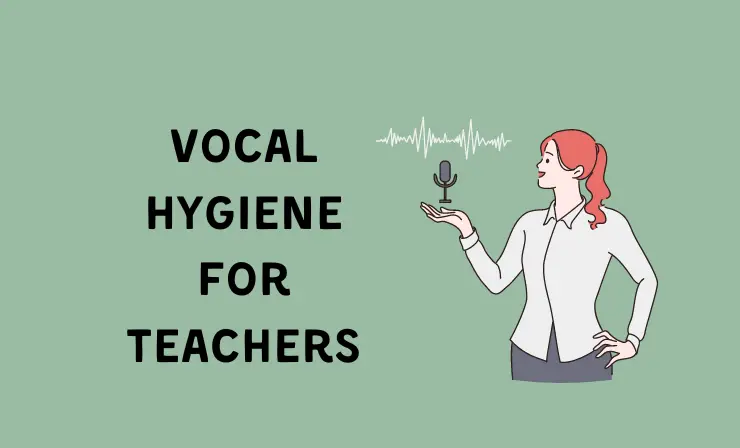
After reading this article you’ll know about:
- 4 Tips On Vocal Hygiene For Teachers →
- 5 things you shoul do before and after voice hygiene →
- 5 Simple Exercises to Keep You in Good Vocal Health →
- 5 Symptoms Of A Voice Disorder →
- Checklist for Using the Voice →
4 Tips On Vocal Hygiene For Teachers
Practicing vocal hygiene is an essential element for all teachers in order to ensure vocal health, efficiency and vocal longevity. So here’re some tips on how to do that.
1. Warm up
Before taking on the challenge of using your voice, it’s important to remember what athletes know well: preparation is key. Just like a runner warms up before running a marathon or exercises to prevent fatigue and injury, vocal users should always warm up first in order to ensure their performance stays at its peak.
How Do We Warm Up Our Voices?
There are a number of different ways to safely warm up your voice.
Practice Abdominal Breathing
To practice abdominal breathing, first take a slow breath in and push your stomach out. Hold for one second, then breathe out slowly. Next, breathe in for three seconds while pushing your stomach out, hold for one second and then breathe out for four seconds. After that, take a breath in for three seconds and hold it for three more seconds before breathing out slowly over eight seconds.
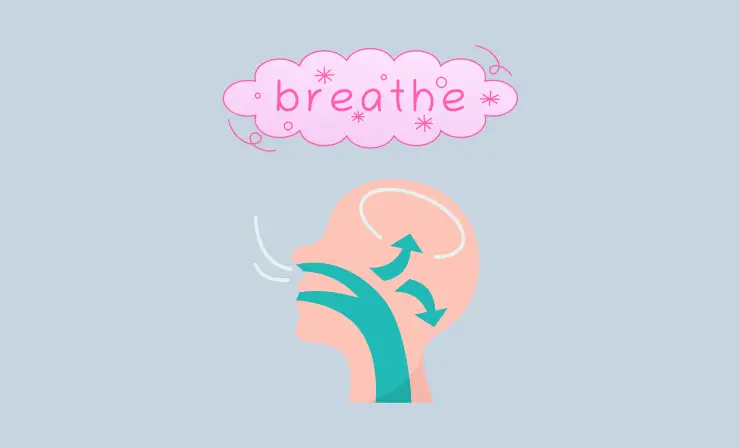
Yawn-Sigh Technique
To do the Yawn-Sigh vocal exercise, start by pretending to yawn and then sigh out loud. Do this a few times. Then, while still making the yawning sound, switch to making different vocal sounds like “ha,” “hu,” “hi” and “ho.” Keep doing this until you feel your voice is warm.
Vowel Warm Up
To do vocal warm up, start by making a long vocal sound like “i:”. Make sure your lips are rounded and you can feel vibration in your nose. Take a deep breath and keep making the vocal sound until you run out of breath.

Stretching and Contracting
To do vocal stretching and contracting, say the word ‘woo’. Glide from the lowest note you can to the highest note you can. Make sure your lips are rounded and that you feel vibration in them. Then say ‘woo’ again but this time glide from the highest note to the lowest note.
Power Exercise
To do the vocal power exercise, start by saying the word “woo” for as long as you can. Then move up a five-note scale from lowest to highest, saying each note for as long as you can. The notes on the scale are C, D, E, F and G. Make sure your lips are rounded while doing this exercise and you should feel vibration in them.
2. Hydrate
Staying hydrated is the key to maximizing your vocal potential! Quality research has shown that proper hydration significantly impacts voice quality and endurance, plus it’s an inexpensive way of keeping your pipes in top-notch condition.
Why is Hydration Important?
Just as runners need protection for their feet before going on a run, our delicate vocal cords should always be kept hydrated to protect them from injuries due to friction. Moisture acts like a cushion between the two vocal cords when we speak or sing and prevents undue wear-and-tear with repeated use.
Without this layer of moisture, minute damages can accumulate quickly leading to bigger problems in the long term – much like callouses from running without shoes.

How Do We Hydrate?
There are two types of hydration – systemic hydration, and superficial hydration.
Systemic Hydration
Teaching can take a toll on one’s energy levels, but it doesn’t have to affect your health. Unfortunately, many teachers avoid drinking fluids so they don’t need to make frequent restroom breaks: however this practice is unhealthy and comes at the cost of vocal projection in class.
Talk with your principal or manager about organizing regular bathroom visits into the school day; ensuring hydration should never be compromised over five minutes out of each hour.

Superficial, or Surface Hydration
Superficial, or surface hydration is the type of hydration that deals with the vocal cords and vocal tract. This kind of hydration can help keep vocal cords lubricated, reduce vocal fatigue and improve vocal clarity.
To do this, you can try these steps:
- Inhale steam
- Put hot water in a bowl to inhale the steam
- Use a personal inhaler with hot water to breathe it in
- Take hot showers to help your vocal cords stay moisturized
- Use a nebulizer with salty water to help vocal cords stay moist
- Avoid dry places like an air conditioner or heater if possible and
- Use humidifiers in the room you’re in
3. Reducing Strain
When speaking in a loud environment, it’s important to be mindful of the strain our voice can endure. To prevent this from occurring, experiment with techniques that help you easily reach your listeners without over-amplifying. This is so common in the classroom. Think about:
- Noisy students
- Concurrent noise from other classrooms
- Music and singing
- Behaviour management and yelling
- Ambient and outside noise: air conditioners, heaters, fish tanks, nearby roads, computers
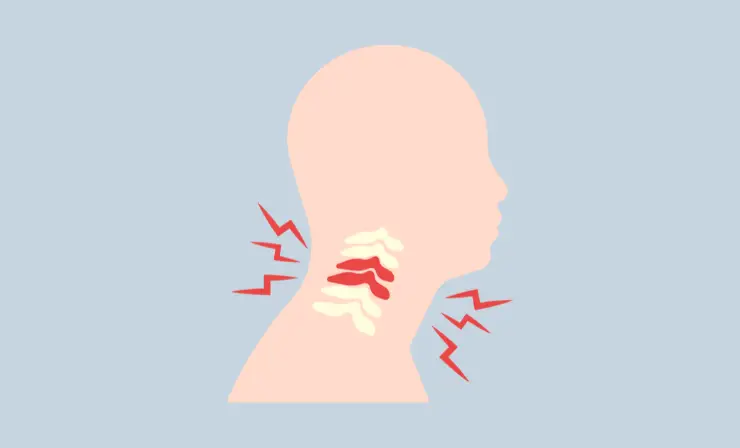
How Can We Reduce Vocal Strain?
Vocal strain happens when we need to speak loudly, so people can hear us. To reduce vocal strain, we can try:
- Reducing background noise
- Using visual cues instead of talking
- Improving our posture and breathing
- Use a microphone to help project our voice
- Do vocal warm-ups before speaking
- Take vocal rest breaks when possible
Additionally, consulting a vocal coach or speech pathologist can help us learn vocal projection techniques.
In order not to stress your vocal cords too much, we recommend you to use a Voices Amplifier. In the video below, we review the 9 best models.
4. Reducing Muscle Tension
Professional athletes understand the importance of stretching and relaxation when it comes to maintaining their performance. In much the same way, releasing tension in our neck, shoulders, jaw muscles etc can significantly improve vocal quality and prevent fatigue.
By understanding how these practices directly affect our larynx which houses the vocal cords; we have an efficient means of eliminating strain on them thus allowing for improved sound production with less effort.
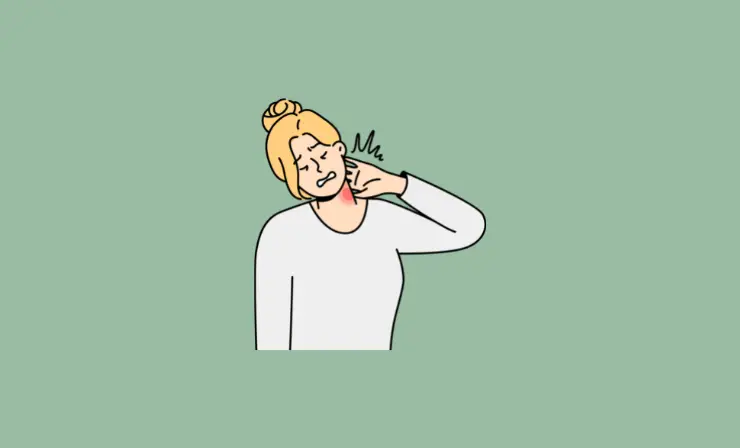
What Can Cause Muscle Tension?
Muscle tension can be caused by stress, anxiety, strain on vocal cords, and not taking time to relax or stretch.
How Can We Reduce Muscle Tension?
Reducing vocal tension can be achieved by doing things like:
- Progressive muscle relaxation
- Massage
- Mindfulness meditation
- Diaphragmatic breathing
- Regular exercise and laughing
In more severe cases, laryngeal massage by a trained professional may be necessary.
5 Things to Do Before and After Voice Hygiene
Voice hygiene is essential for teachers to maintain vocal health and safeguard vocal cords from strain, fatigue, and hoarseness. To ensure optimal vocal performance in the classroom, it’s important to practice vocal hygiene before and after speaking engagements. Here are five things you can do before and after teaching sessions to protect your vocal cords for a successful teaching career.
1. Hydrate
- Use steam and room humidification
- Water is the best
- Herbal teas and infusions
- Naturally flavoured water e.g. fresh lemon, mint, berries
- Avoid overly sugary drinks, including honey, as sugar can dry out the vocal tract
- Minimise caffeine
- Alcohol has a drying effect and should be minimised
2. Eliminate Irritants
- Smoking, including passive smoke
- Alcohol
- Avoid using medicated throat lozenges
- Minimise sugary drinks and honey
- Breath through your nose, not your mouth
- Consider if any medications are contributing to dryness
- Hormonal changes may affect your vocal health
- Consult your doctor if you have signs and symptoms of reflux

3. Minimise Abusive Vocal Behaviours
- Minimise yelling, screaming, and talking over loud noise
- Coughing and throat clearing
- If you feel a cough coming on, try sipping water, swallowing saliva, or humming, until the feeling passes
- Avoid whispering
- Whispering engages our false vocal folds
4. Keep a Voice Diary
- Over a week, observe your voice and vocal habits
- Write down how your voice sounds at different times, when it is best and when it is worst
- Try to work out what things affect your voice from day to day
It is essential to know your own voice! In this way you can begin to make real, personalised changes for the better.
5. Consult a Professional
- General Practitioner
- Ear, nose and throat specialist
- Speech Pathologist
- Vocal coach
5 Simple Exercises to Keep You in Good Vocal Health
1. Hum on /m/ and slide your voice up and down in pitch
2. Yawn and voice on the exhale slowly sliding down the pitch, maintain a relaxed jaw and larynx/throat
3. Practice phrases and words with unvoiced sounds (k / ch / h) with and without a mask
Attend to word precision,speaking rate, and word boundaries.
“Pack, sack, fake, take, height, fright, pot, stop, cake, hop, shop, chop, sleep” (etc.)
“Pack a snack in the pink backpack.”
“Happy people see the hope if they stop and smell the flowers.”
“Turn to page fifty-three and see the small chart at the top.”
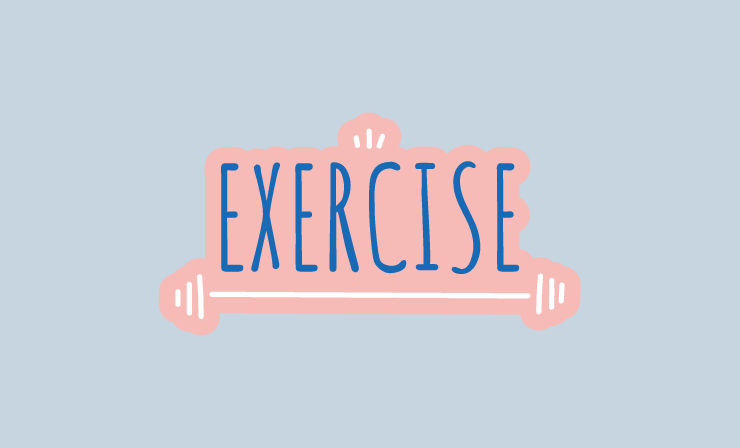
4. Focus on the vibration in the front of the face and the sensations of articulation (oral precision)
5. Practice phrases with sounds that help to improve resonance, balance air pressure, and helps reduce vocal fatigue:
“My mom makes marvelous muffins.”
“My mask makes me sound muffled.”
“Nanette knows nearly nothing north nearby.”
“Bob bakes big breakfast biscuits.”
5 Symptoms Of A Voice Disorder
Voice disorders may be anything from temporary laryngitis to vocal nodules and permanent voice changes. If you have a voice disorder, your voice may:
- Have a quivering sound
- Sound rough or harsh (hoarseness)
- Sound strained or choppy
- Be weak, whispery or breathy
- Be too high or low or change in pitch
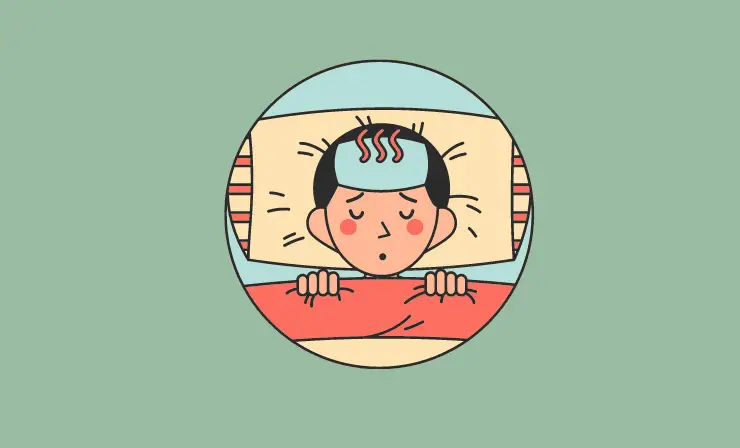
Checklist for Using the Voice
Here are some points to consider about the way teachers use their voices, possible problems and the way in which their working environment may contribute to these.
1. Voice and Speech Patterns
As educators, it is vital to focus our thoughts and intelligently incorporate key words into conversation. We must pay attention to how the tone of our voices can affect listeners in order to effectively express changing moods. It’s essential we use pauses strategically; silence speaks louder than words! Lastly, be mindful of vocal fatigue symptoms—it’s wise consulting a medical professional if necessary.
2. Relaxation
Educators can benefit greatly from taking the time to engage in relaxation techniques and physical exercises before lessons, as well as cooling down activities and a warm beverage afterwards. This helps reduce tension throughout their body while providing an opportunity for vocal recovery after extended periods of speaking.
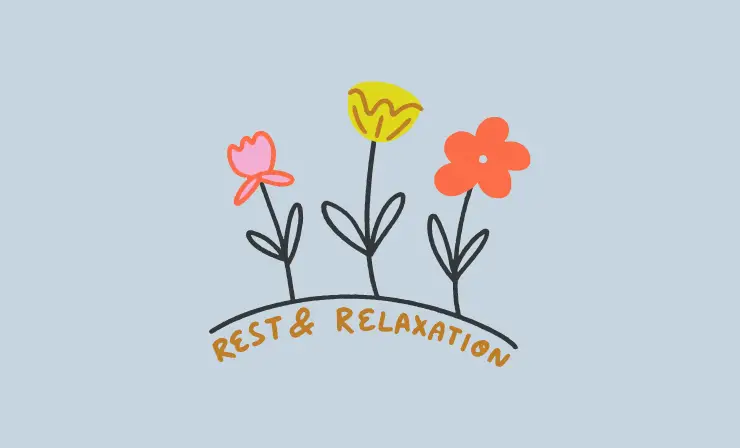
3. Posture
Teachers should ensure their posture is upright when speaking, as the tension levels in their muscles can influence both vocal tone and resonance. Standing tall will help fuel conversation with increased breath support for powerful communication.
4. Breathing
Teachers can make a world of difference in their vocal tone and resonance by shifting from shallow ‘upper chest breathing’ to slower, diaphragm-focused breaths. Not only does this deeper style provide the voice with greater quality but it also relaxes tension and recharges energy for educators on even the longest school days.
In this video, you can find some very usedul exercises.
5. Pitch
For teachers, finding a natural and comfortable vocal pitch is an essential part of being able to effectively engage with students. With practice and skillful use of various cues such as hand signals or strong visual attention-grabbers, educators can highlight the importance for their pupils without having to shout over them – leading to effective communication that encourages learning in both parties.
6. Self-Help for Vocal Fatigue
Staying hydrated is essential for maintaining vocal health, particularly in dry climates. Sipping water throughout the day should become part of one’s regular routine to ensure adequate moisture levels within the larynx. Consider reducing caffeinated beverages and having a glass on-hand during lessons as preventative measures against sore throats or hoarseness due to dehydration.

Additionally, avoiding throat sprays/lozenges which can be dehydrating and instead taking breaks from speaking when needed are simple yet effective solutions for keeping your voice healthy! Last but not least – steam inhalation with slightly hot water has been known to bring relief too
Useful Recourses
- Health Tips for Teachers, by Teachers
- 20 Terrific Guided Meditations for Teachers
- Calm App Available for Free to Educators
Conclusion
By taking proactive steps to vocal hygiene, teachers can ensure vocal efficiency and prevent vocal fatigue. It is important to remember that vocal skills are learned; so with consistent vocal training, teachers can make great strides towards vocal health and improve the quality of their voice. Practicing vocal hygiene is an essential element for all teachers in order to ensure vocal health, efficiency and vocal longevity.
Vocal hygiene is an important part of any teachers vocal toolkit; by following the tips discussed above, teachers can ensure vocal health and efficient vocal production. With consistent vocal training and practice, they can make great strides towards vocal health and improve the quality of their voice.
- Overview of 22 Low-Code Agencies for MVP, Web, or Mobile App Development - October 23, 2024
- Tips to Inspire Your Young Child to Pursue a Career in Nursing - July 24, 2024
- How Parents Can Advocate for Their Children’s Journey into Forensic Nursing - July 24, 2024
